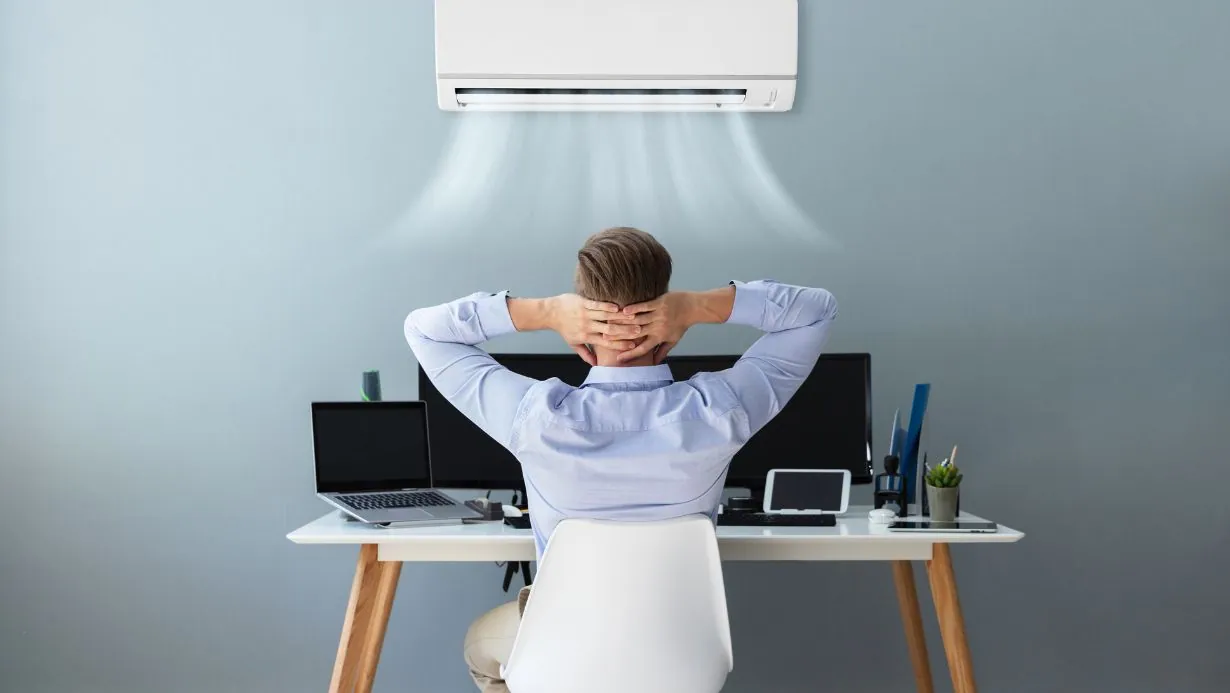Air conditioning systems are crucial to manage temperature and humidity, especially in areas where extreme temperatures either during a particular time of the year, or all year round can be a problem. These systems combine components like a compressor, evaporator, condenser, and refrigerant to create a continuous heat exchange cycle. Here’s everything you need to know about the workings of an air conditioner.
How does an AC work?
Any AC has three critical components, the evaporator, compressor, and condenser. These three components work together to provide a cooling effect. Many people assume that an AC creates cold air to lower the temperature in a room. However, ACs actually remove heat from the air to reduce temperature and humidity.
An air conditioning system contains two linked aluminium or copper coils. The refrigerant is a fluid that is always circulating inside these coils. In split ACs, one AC unit is positioned within your room, whereas the other is outside. Let’s look deeper at them to understand better how they operate.
Within the room
This part of an AC is called the internal unit. It includes the evaporator, along with a blower/fan draws heated air from within the room and circulates it through the evaporator. The refrigerant absorbs heat and converts it from a liquid to a gas. The cooled air is then returned to the residence.
Outside the room
It is also known as the external unit of the AC and comprises the condenser and the compressor. The external unit is responsible for moving the hot gaseous refrigerant from the evaporator to the condenser, where the heated coils release the gathered heat into the outside air. After losing heat, the refrigerant becomes liquid, and the compressor transports it back to the evaporator.
This is where the cycle continues, so that the room can be quickly cooled and maintained at the desired temperature. In window ACs, a similar concept is at the core of the cooling process, except both the internal and external unit’s equivalents are encased in a single chassis.
Conclusion
That’s how most conventional ACs work. They comprise of a refrigerant that is cycled through the components of an AC, allowing the entire mechanism to take in heat from the room the AC is installed in, and expel it outside via an external unit. The mechanism continues for as long as the AC is on, and continues to keep the room cool.
Also Read: Top 10 Free Online Video Compressor Tools
